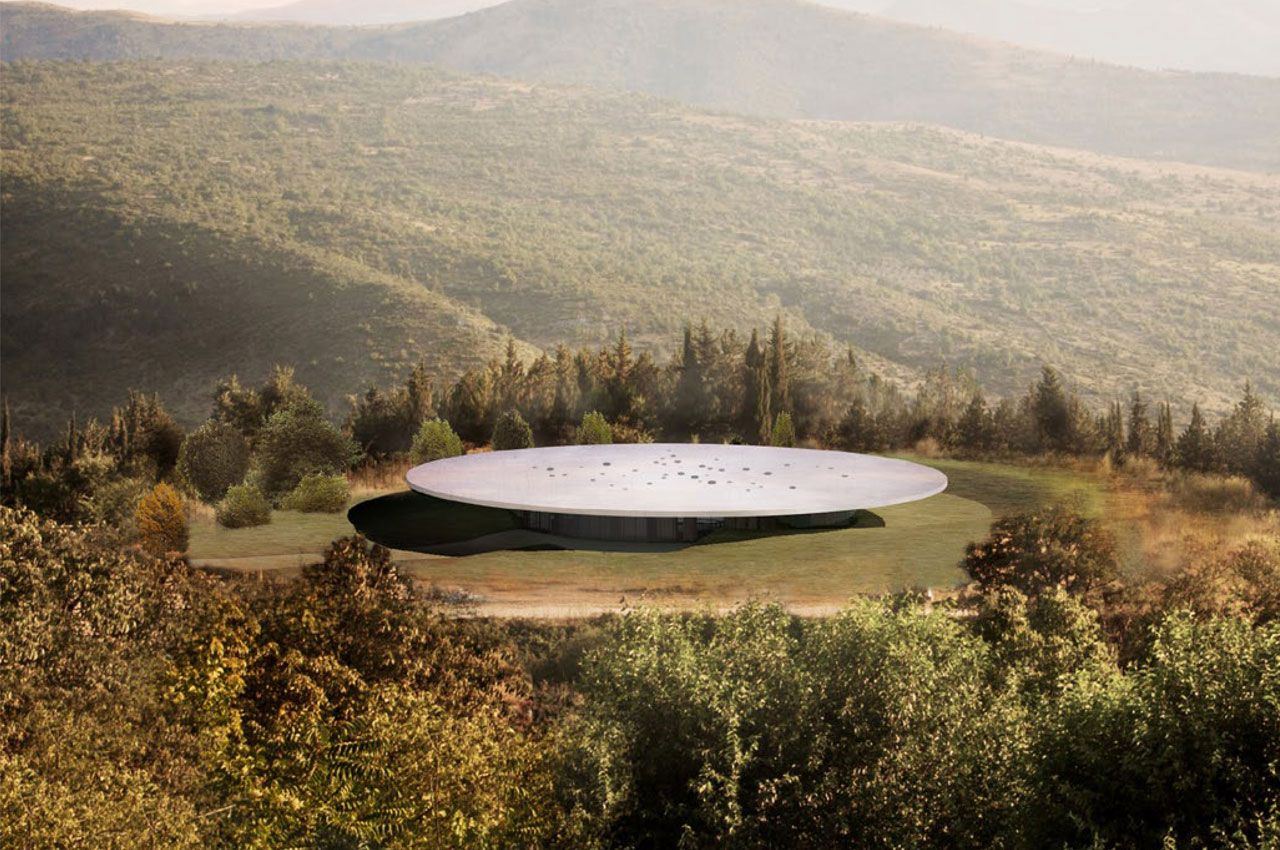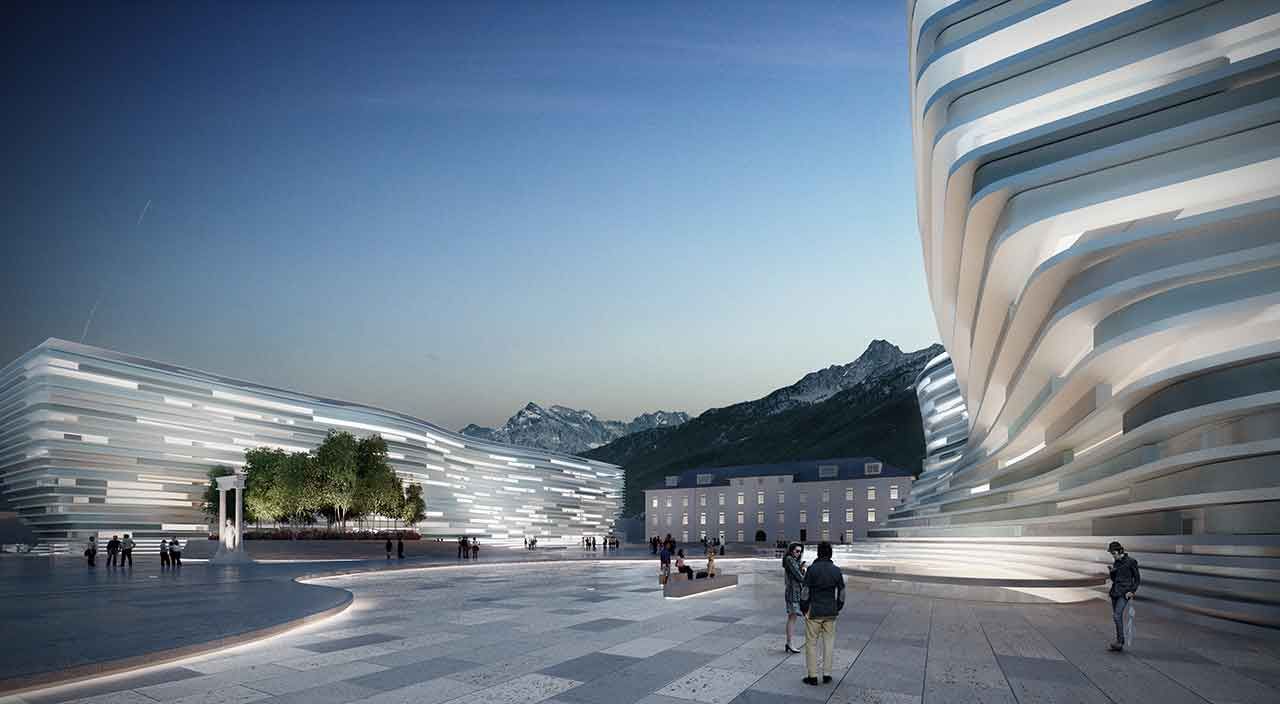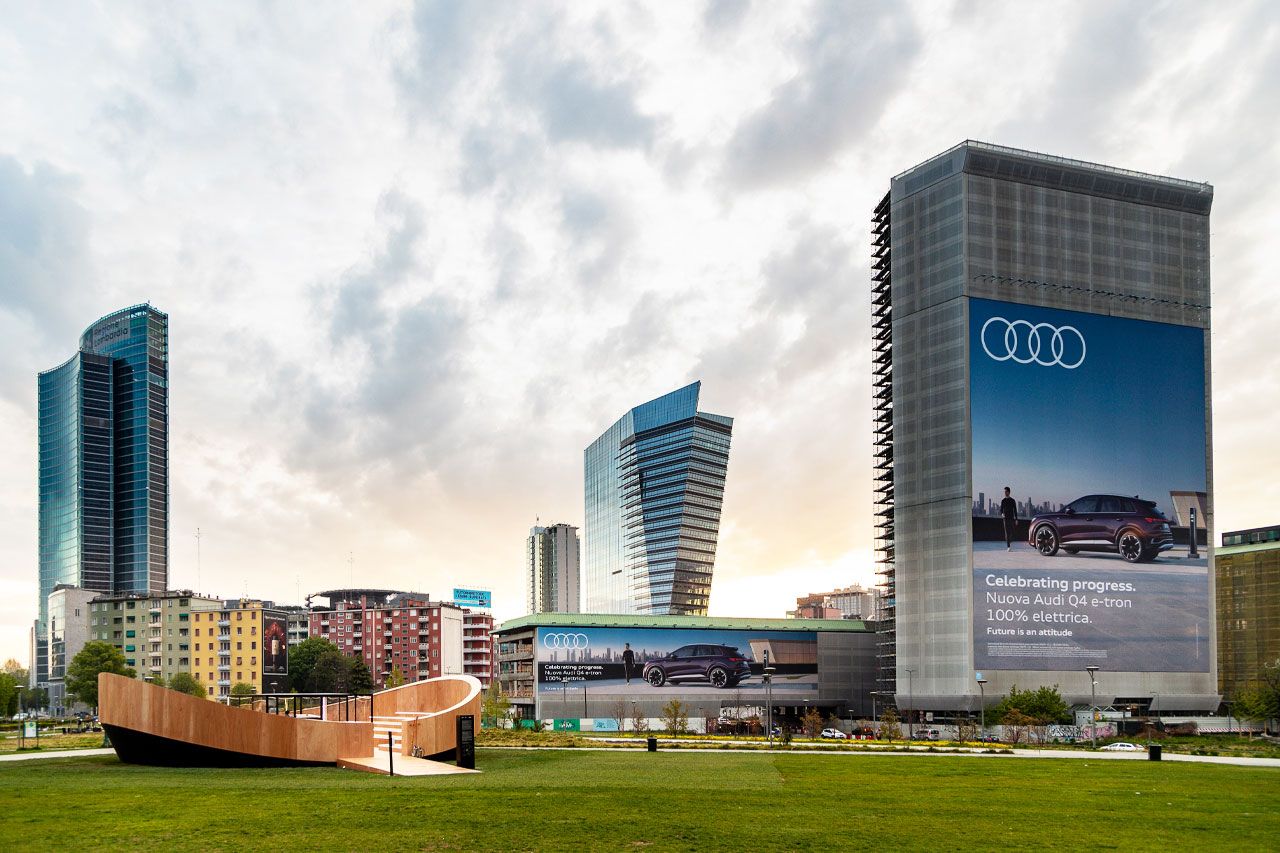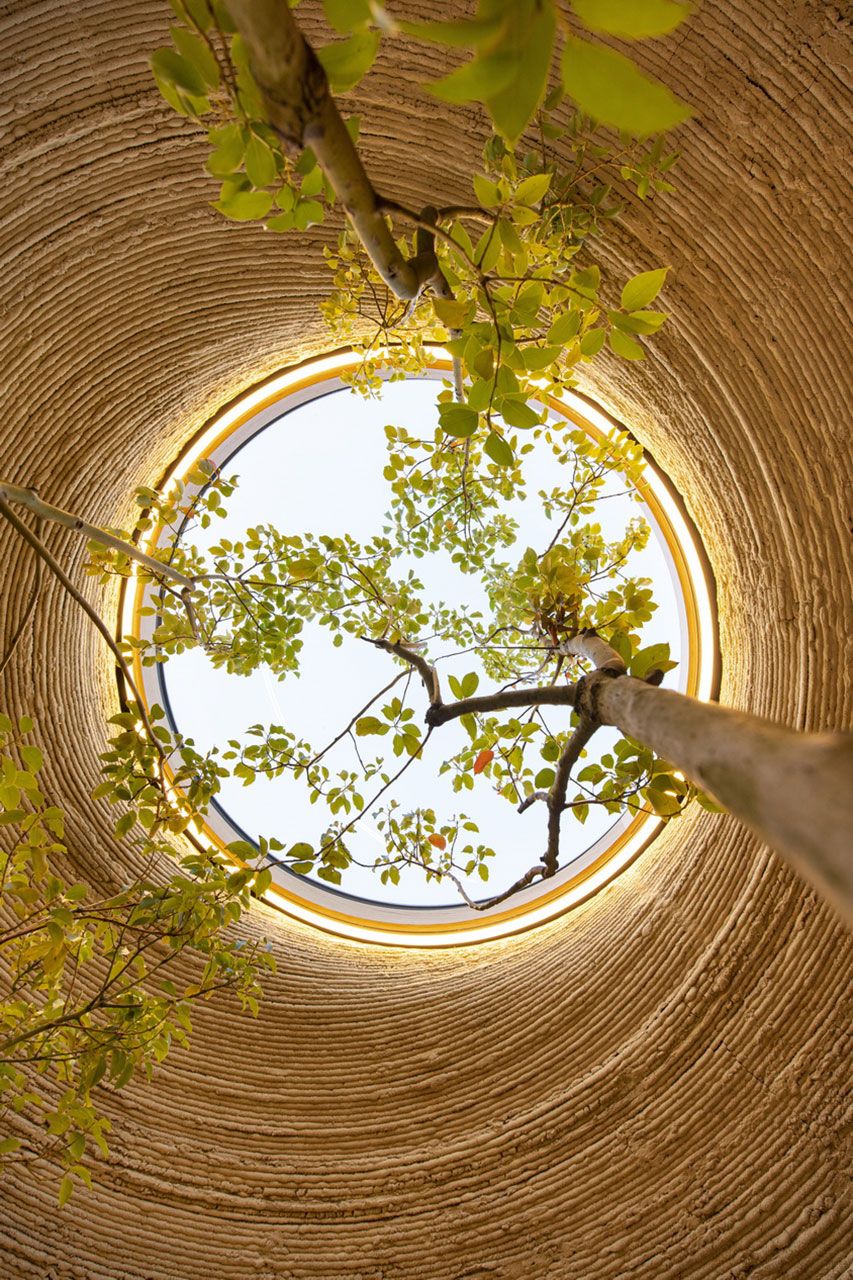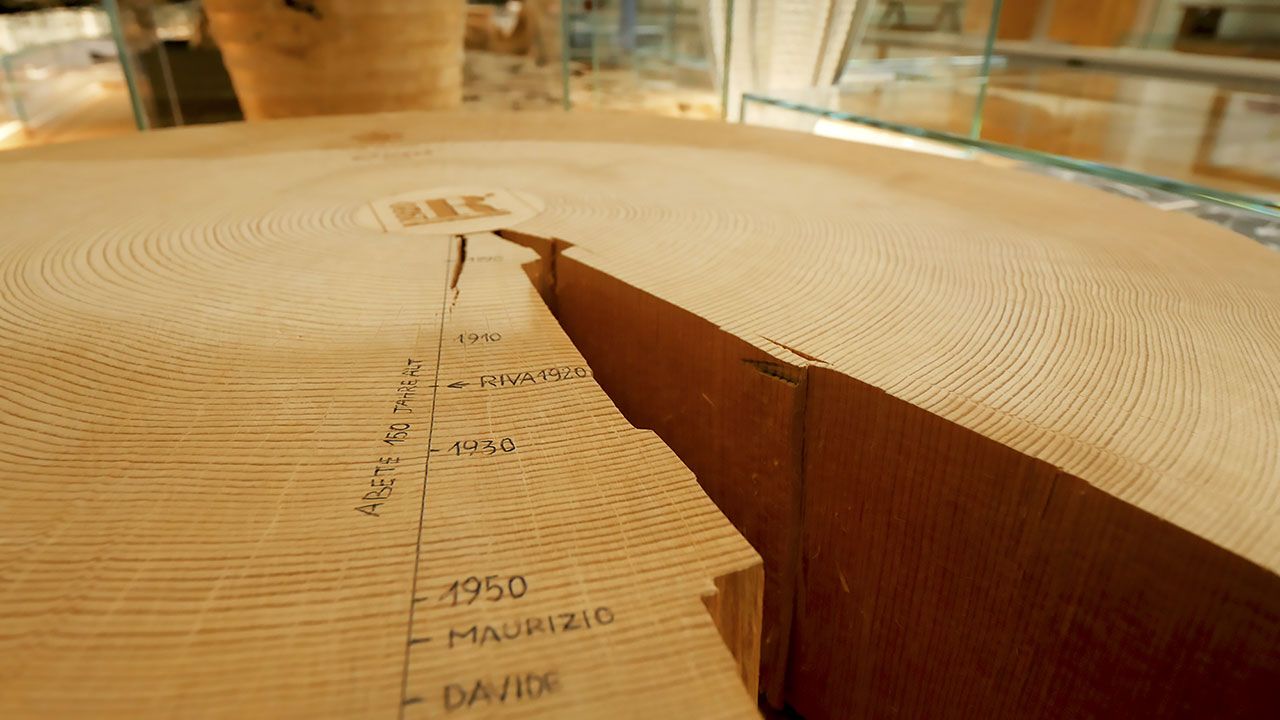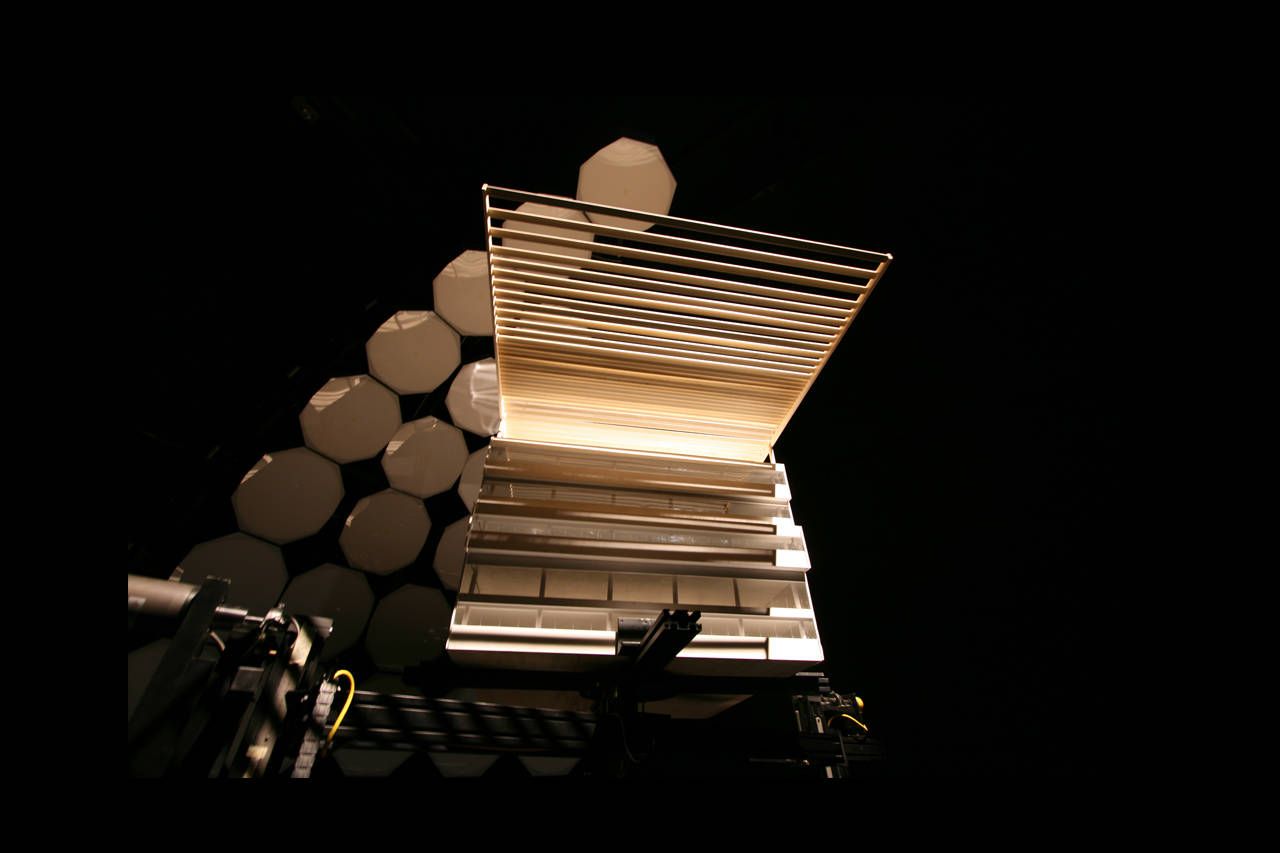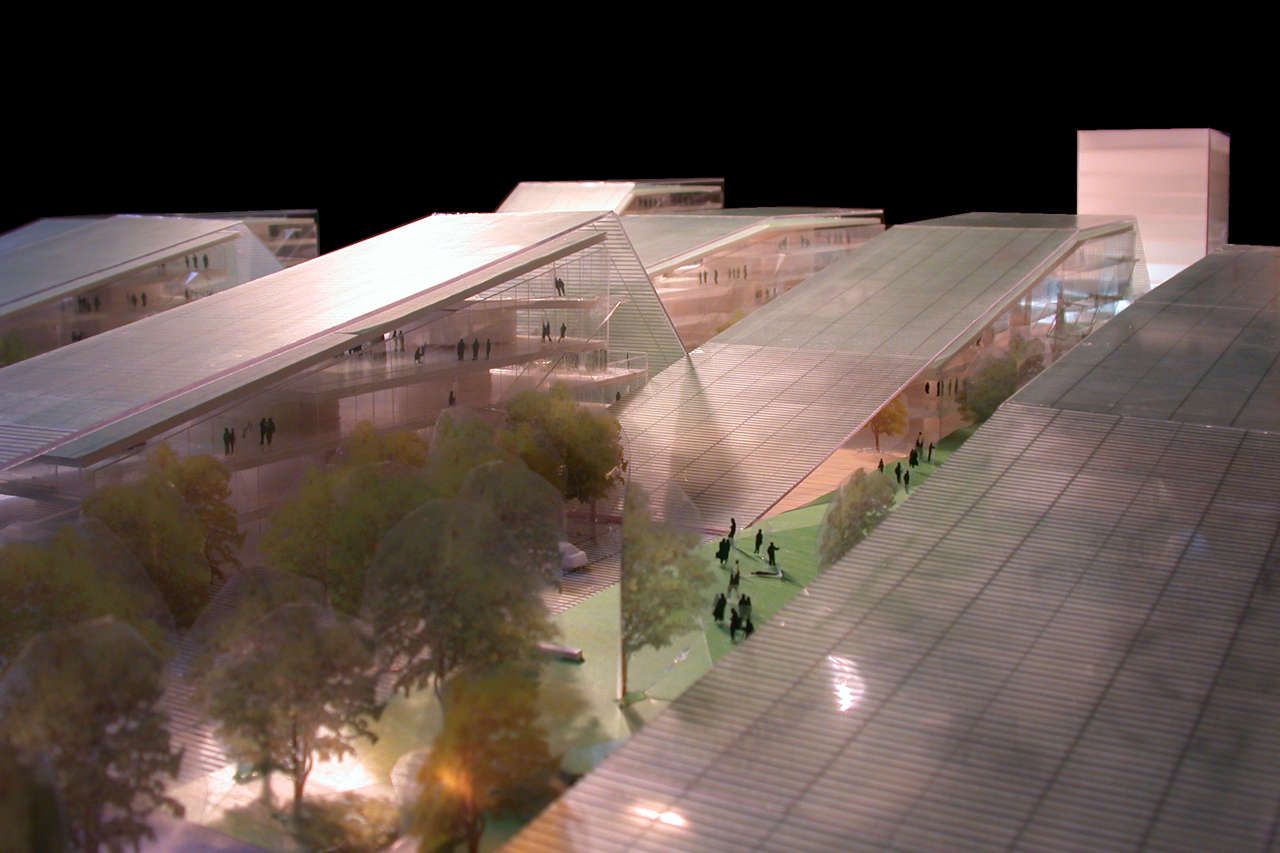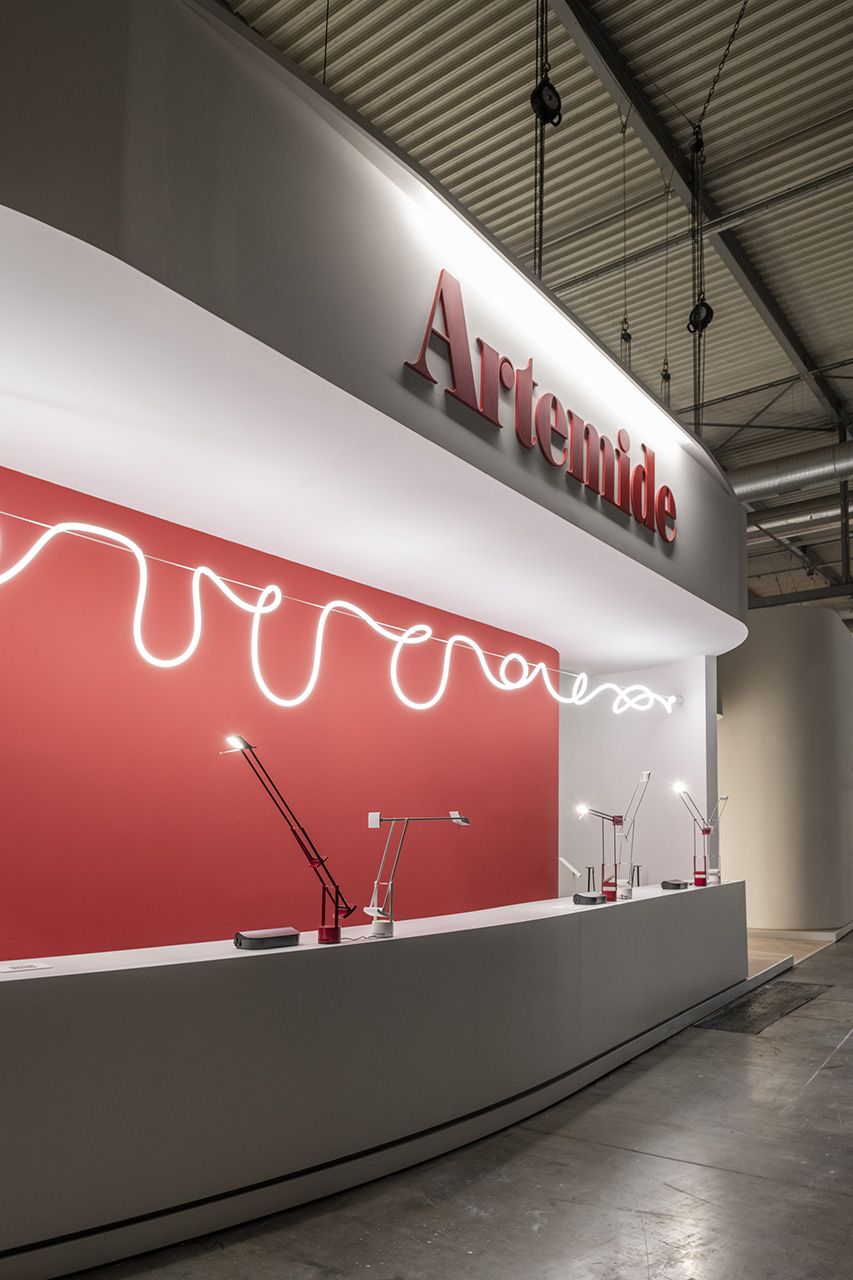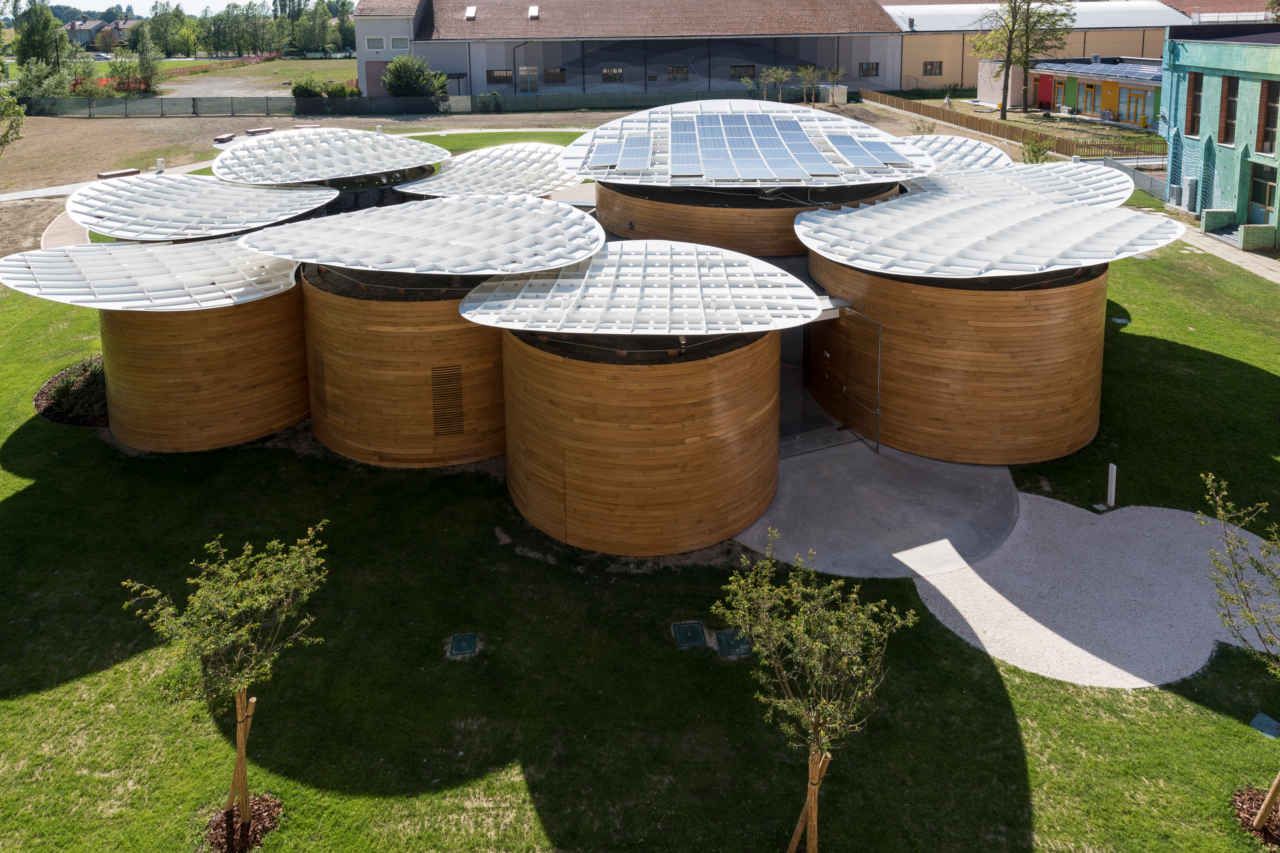Girondella
An architecture in dialogue with the landscape

The context
The project
The particular characteristics of this site, adjacent to a stream that carries the water of the “Sorgente Santa” down to the valley, made it possible to bring back into use a hydroelectric turbine which at one time generated energy for the watchmaking factory. Following a major technological update, the turbine is now able to generate enough clean electricity to power all the dwellings, ensuring that the whole complex can sustain itself autonomously. The project is currently under construction.

Plan by MCA
The environment is an integral part of the project
The idea behind the Girondella development, which has been designed to high standards of energy efficiency and sustainability, is to make the surrounding environment an integral part of the concept; the greenery here is not mere decoration, but a generating force.
Thus the building is a promoter for a new way of conceiving the space and the environment, as a virtuous complex – consisting of 14 apartments, 1 single house, and 2 penthouses – that takes advantage of its orientation and its exposure to the sun and local winds, using advanced technologies to save energy and reduce CO2 emissions.

Bioclimatic section by MCA
A virtuous recovery
The complex presents as an urban landscape consisting of solids, voids, volumes of different heights, transparencies and opacities, colours, and nuances, in a design approach that was guided by the intention to preserve the outlines that give the former watch factory its character. In fact one of the design commitments was to recover the old buildings in a conservative manner. The new volumes of the residential accommodation step down like an extension of these old parts, spreading out along curving terraces that follow the natural contour lines of the land. These create new landscaped terraces that extend forward from the building. The terracing then steps down through the lower levels until it merges into the natural morphology of the terrain.
Thus the shapes of the new building, arranged as a volumetric grid, develop in a way that enables them to become an element of the landscape itself. The refurbished hydroelectric turbine – from which the project takes its name – is moved away from the complex so that it can operate more efficiently. It has been brought down the hill and relocated behind a stone wall, on flat ground beside the old factory.

Visual by Emme Works
The intention of this project is to merge the building with all the natural elements of the place, adapting perfectly to the context as though belonging to it. Girondella is an exemplification of how designing in harmony with the environment is not just a matter of aesthetics, but of materials and energy
The building services
The life of every organism depends on how it uses, stores, and exchanges energy. Like any other living being, the Girondella complex is designed for optimal resource management, with close to zero energy waste. When the refurbished Francis stainless steel turbine, which dates from 1939, becomes fully operational it will not only generate enough electricity to sustain the whole residential development; its energy is being used now for the construction on site, reducing the CO2 emissions even at this stage. Because the water that passes through the turbine comes directly down from the mountain, it remains at an almost stable temperature throughout the year, making it an excellent vector for the production of winter heating using a water-to-water heat pump. In summer, the height of the buildings above sea level, and the way in which they are positioned at the centre of the valley, mean that they enjoy pleasant continuous natural ventilation. The internal rooms are further protected from the direct heat of the sun by the insulation, which has been carefully designed using natural wool, and by the deep projections of the south-facing roof canopies.

Visual by Emme Works

MCA Archive
The landscaped areas
The rich natural vegetation in the area is very important for controlling the microclimate. The project enhances this local identity by creating relationships between the new planting and materials, and the existing environment. Using native plants brings a number of advantages:
- aesthetic and landscaping advantages: the local flora is rich in species with large blooms, evergreen leaves, and aromatic essences that have strong aesthetic landscape value.
- Naturalistic advantages: by correctly designing the green areas, habitats can be created that are suitable for the local flora and fauna. A mixed composition of trees with native shrubs, mixed with open green spaces, ensures that the fauna will develop and increase into the future.
- Economic advantages: the use of local species, perfectly adapted to the phytoclimatic characteristics of the site, enables any diseases in the flora, or problems of adaptation, to be reduced. This minimises the need for maintenance and the likelihood that any specimens might have to be replaced.

Visual by Emme Works

Visual by Emme Works
- Key Info
- Team
- Collaborators
